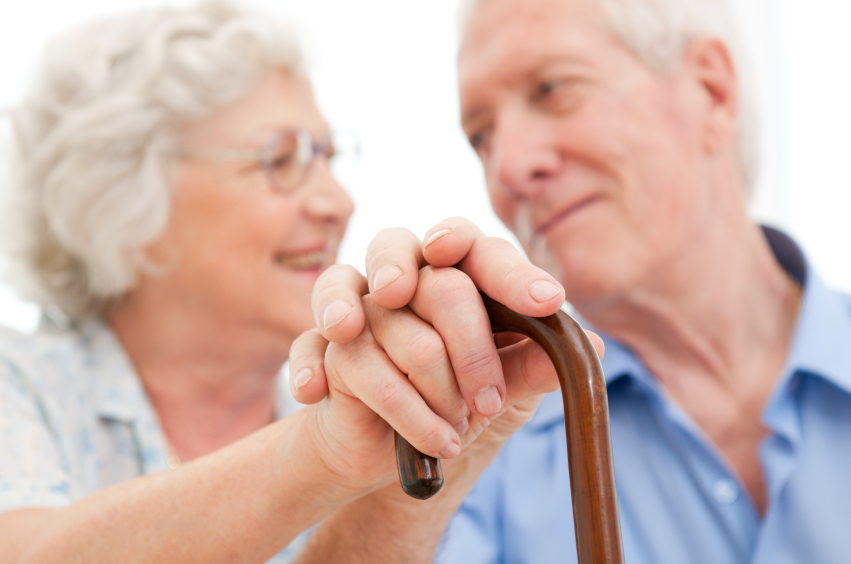
A walker is an important piece of equipment that helps some seniors to feel more secure while standing or ambulating. This supports independence, safety and a higher quality of life. When a walker is necessary, some seniors have a difficult time accepting this fact and using it. They might purchase a walker only to have it sit in a box unopened or collect dust in the corner.
Picking the Right Walker
If your loved one is having a difficult time accepting that they need a walker, buying the right walker can help. In most cases, it is better not to simply walk into a store and pick up the first walker you see. Talk to a doctor or physical therapist to find a walker that properly matches your loved one’s needs.
Customized Features
You also might want to consider some of the customized features that make a walker easier and more comfortable to use.
Height
Pick a walker with adjustable height so you can adjust it properly for your loved one’s size. A 5’2” woman needs a different height walker than a 5’11” man. A good measure to use is that the top of the walker should line up to your loved one’s wrists when their arms are at their side. If you purchase the wrong one, it probably won’t fit right. This can turn the device into more of a hindrance than a help.
Width and Foot Placement
Your loved one’s feet should not be at the front bar of the walker. Instead, you want them properly lined up so that the senior’s feet are between the back legs of the walker. Some walkers offer widths that are adjustable. This makes it easier to keep proper alignment and placement especially if the senior is very large or very small.
Grips
Most walkers come with plastic grips, but fleece, foam and other soft coverings are also available. Consider which is most comfortable for your loved one to grip without having their hands slip. This choice is very individual, and the senior may have to try out a couple of options before finding the one that works for them.
Wheels
Walkers are also available with rear wheels and front glides or wheels on all four legs. Wheels on all four legs can help the walker to move smoothly, but the senior needs the upper and lower body strength to manage it. If the senior does not have proper control over the walker, it can increase the risk of falls. Talk to a physical therapist to gauge which is best for your loved one.
Other Accessories
Additional accessories that make a walker easier to use and more convenient include seats and baskets. A seat provides your loved one with a place to take a break from walking or standing whenever they need to. A basket gives them a place to store belongings so that their hands are free for proper support and walker use.
Proper Use
Once your loved one has the walker, it is important that they learn how to use it properly. Improper walker use increases the risk of falls for seniors. Typically, the older they get, the higher the risk. The Center for Disease Control and Prevention offers the following guidelines:
- Stay upright and avoid hunching while using a walker
- Hold the walker still while stepping into it. Do not step too close to the front or push the walker forward when starting to use it
- Legs go inside the walker
- Next, move the walker forward and repeat these steps
- Take your time and use caution and small steps with turns and sudden stops
Providing Support
Some seniors benefit from additional support especially while getting used to the walker. Try to stay close to your loved one and monitor their movements until you know they are safe. If you are not available to do this, ask a friend or family to help, or consider enlisting the help of an agency like Salus Homecare San Gabriel Valley.
If your loved one is resistant to use a walker, do not give up. Make sure to pick the right walker, and encourage them to try it. Explain that their safety and independence depend on it. Salus Homecare San Gabriel Valley is here for you if you need support. Let us know if we can help.
There is no ads to display, Please add some

